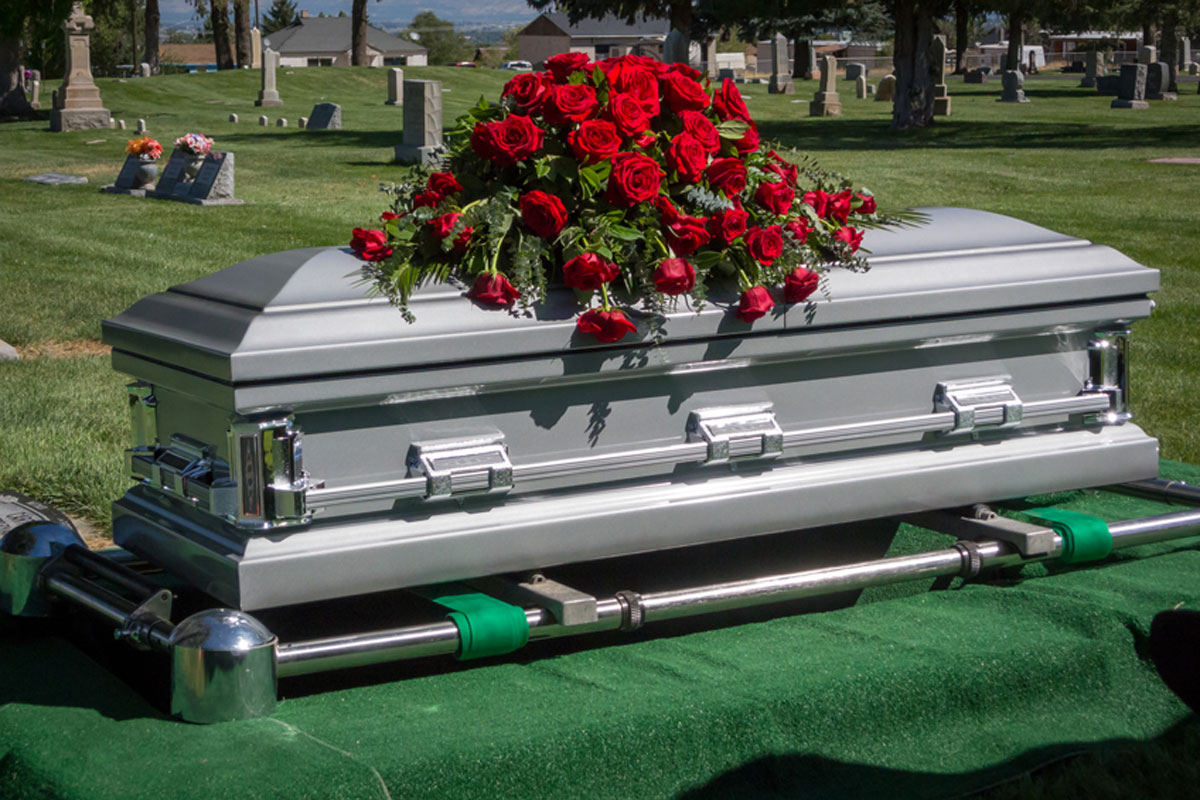
From our Mailbag: Why do I have to pay to have an urn placed in a casket or have an urn placed in the grave with the casket?
The short answer is: The cemetery will charge you a fee if you want a second set of remains in the space with the first set of remains (casket or urn). The fee is called the Second Right of Interment.
Let’s talk a bit more about that.
When you purchase a cemetery plot, you don’t buy the property. This is a common misconception. You actually buy the right to be buried in that piece of land. This applies to graves, mausoleum spaces, or niches for ashes. This is where the term Right of Interment comes from—you buy the right to inter remains in a particular space.
What if you want to have two bodies or two urns buried in a single space or have a casket and an urn buried together?
Depending on the cemetery, you may be able to do this. Stacking caskets would be more complicated and require a double-depth plot. These types of plots are not available at all cemeteries. Most, however, can handle two urns or a casket with an urn in one space. Of course, there is a but.
Remember we said you are paying for a Right of Interment when you purchase the plot or space. The Right of Interment is for one set of remains; if you want to bury two sets of remains, whether caskets or urns, you must pay for the Second Right of Interment.
So, you would think that since you have already paid once, the Second Right of Interment fee would be negligible. In some cases, this is true. However, the cemetery can charge whatever price they feel is necessary. You are more likely to find that the Second Right of Interment costs almost the same as the First Right of Interment.
The Second Right of Interment fee is up to the cemetery and can vary widely from cemetery to cemetery. It may seem unreasonable to expect you to pay for a second interment, but keep in mind that cemeteries have many operating expenses. The Second Right of Interment Fee offers them a way to cover some of these costs.
Most people agree that having to pay some fee is understandable. The trouble comes in when the price that is charged seems too high. So the real question is, is the Second Right of Interment fee reasonable?
Unlike funeral homes, there are few regulations governing cemeteries. The cemetery is not required to provide specific pricing ahead of time, and prices are not generally capped. That makes it essential that you understand precisely what you are paying for before signing the contract.
To add to the confusion over cemetery pricing, different cemeteries state their prices differently. One cemetery may bundle their right of interment with other things, such as opening and closing the grave, the cost for the tent, and refilling the grave. Others may price these items separately.
So, back to the original question: why do I have to pay to have an urn placed in a casket or have an urn placed in the grave with the casket? The answer is that cemeteries require that you purchase the right to have remains buried. The right must be purchased for each set of remains.
Ensure you know what you are paying for before signing a contract with the cemetery. If you are buying a bundle, what is included in the bundle? If everything is priced separately, is this everything you need? Are the prices “drive out,” or will other incidental fees pop up? At a minimum, you will pay for the Right of Interment and opening and closing of the grave. And don’t forget, you’ll need a vault or liner, a grave marker or headstone.
The lesson here is to educate yourself about what costs a cemetery requires. If you have time, shop around. And, of course, preplanning is always smart.
>> Learn More About Making Cemetery Arrangements